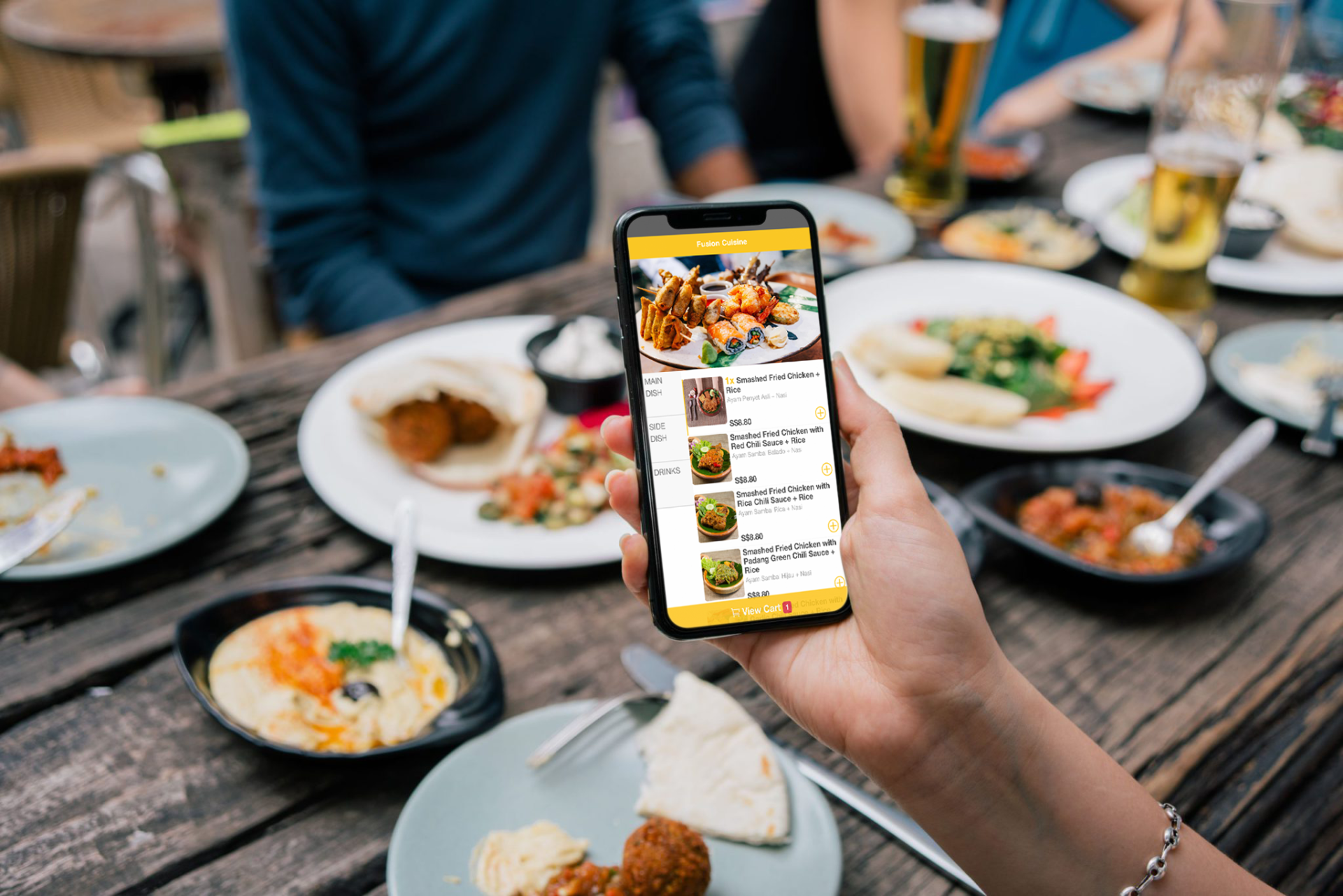
F&B industry leaders believe that contactless ordering will likely be popular with consumers due to the convenience it offers.
The implementation of Trace Together, where Singaporeans are required to scan a QR code to “check in” before entering shopping malls or shops for contact tracing has educated locals on the use of QR codes.
Hence, the concept of scanning a QR code to view menus and place orders have become less abstract than in the past.
This, combined with the fact that Singaporeans love speed and convenience in everything we do has played a major role in driving the use of QR ordering in restaurants further.
Customisable & Timely Updating of Menus
Consumer trends are constantly changing, especially among Singaporeans. In order to keep up with the times, your menu has to be able to be updated in a timely manner.
Regular customers will be attracted to keep coming back if your restaurant’s menu is refreshed from time to time which boosts customer loyalty, an important part of your restaurant business.
This is where contactless ordering’s digital menu comes in handy. Contactless ordering digital menus are updated through an online backend portal. As digital menus do not require reprinting, it can be updated in a timely manner through the online backend portal.
This timely update of your menu allows you to quickly launch new dishes or promotions to capitalize on new trends.
No Miscommunication
Miscommunication is inevitable when it comes manually taking orders from customers. This could be due to differences in native language or human errors.
When restaurants adopt contactless ordering, miscommunication between staff and customers are reduced to almost zero.
Customers are given full control over their own orders and your staff do no need to worry about forgetting customers’ orders or preferences. This will lead to a better customer experience.
Better Reporting
Closing restaurant operations can be a headache for restaurant managers when sums do not add up.
When your restaurant adopts contactless ordering, all orders and payments are logged online and add on a layer of security to help safeguard your revenue.
On top of that, having order details logged in an online portal that is accessible at any time. This provides you will easily accessible data to identify new trends which your restaurant could work towards to generate more revenue.
Getting a contactless ordering system
If you are keen on finding out more about ordering contactless ordering solutions for your F&B business, contact iMakan through this link to get a free demo on our QR ordering system, self ordering kiosk and online food ordering system.











